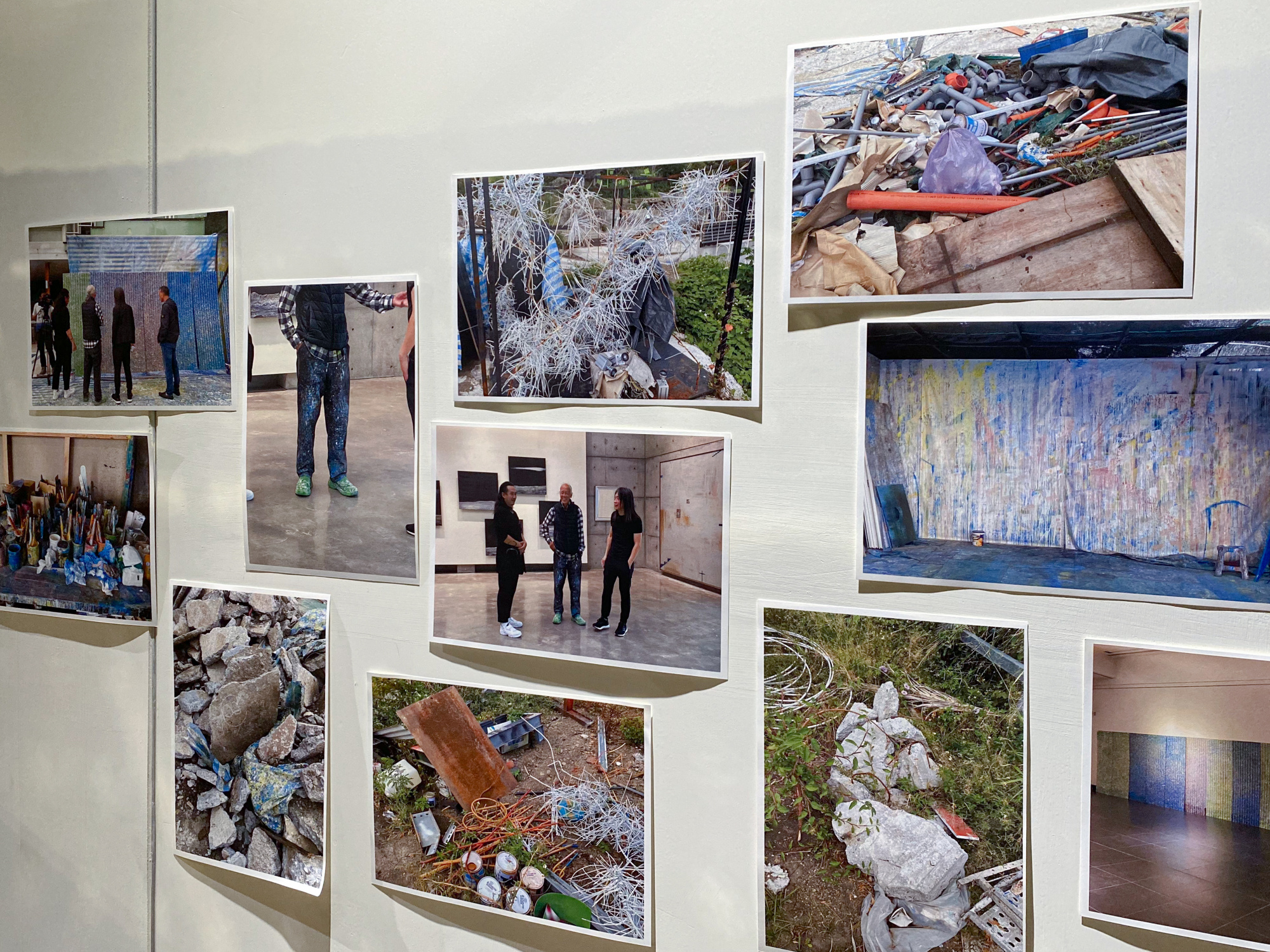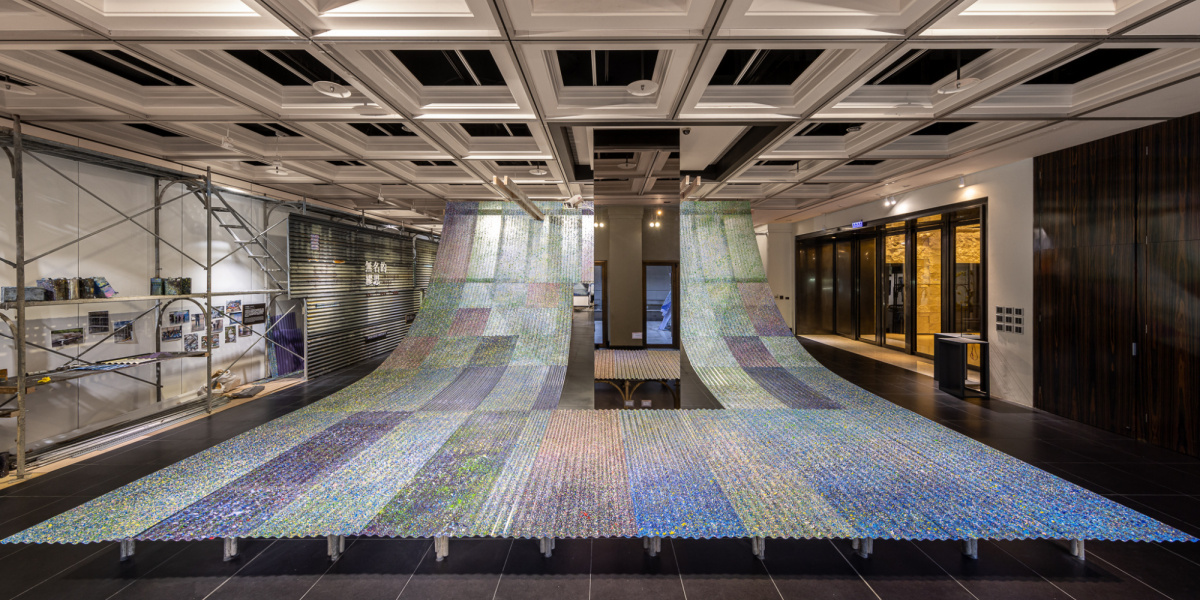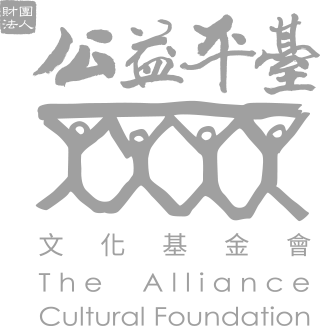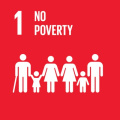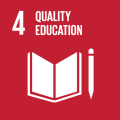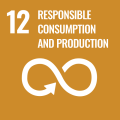The Invisible Muse Exhibition: Artist Paul Chiang x Architect Yu Han Michael Lin x Fashion Designer Justin Chou
Creative inspiration continues to flow out of Contemporary Artist Paul Chiang. Not long after the end of Chiang's solo exhibition in November 2022 in Taitung, where his second life as an artist began, the Invisible Muse was launched in Taichung, his birthplace. The Invisible Muse exhibition is a collaboration between Chiang, Architect Yu Han Michael Lin of the Paul Chiang Art Centre, and Fashion Designer Justin Chou. The three artists used unconventional materials that are flawed, imperfect, and discarded as their muse. The course of their collaboration was recorded and shown in the exhibition. Corrugated panels, a material frequently used in the structures of Taiwan, are the common theme found in each of their works. Lin, alongside Ho-Hsuan Liu, who studied at the Department of Architecture at Tunghai University, curated the exhibition. The curation process was shown at the exhibition.
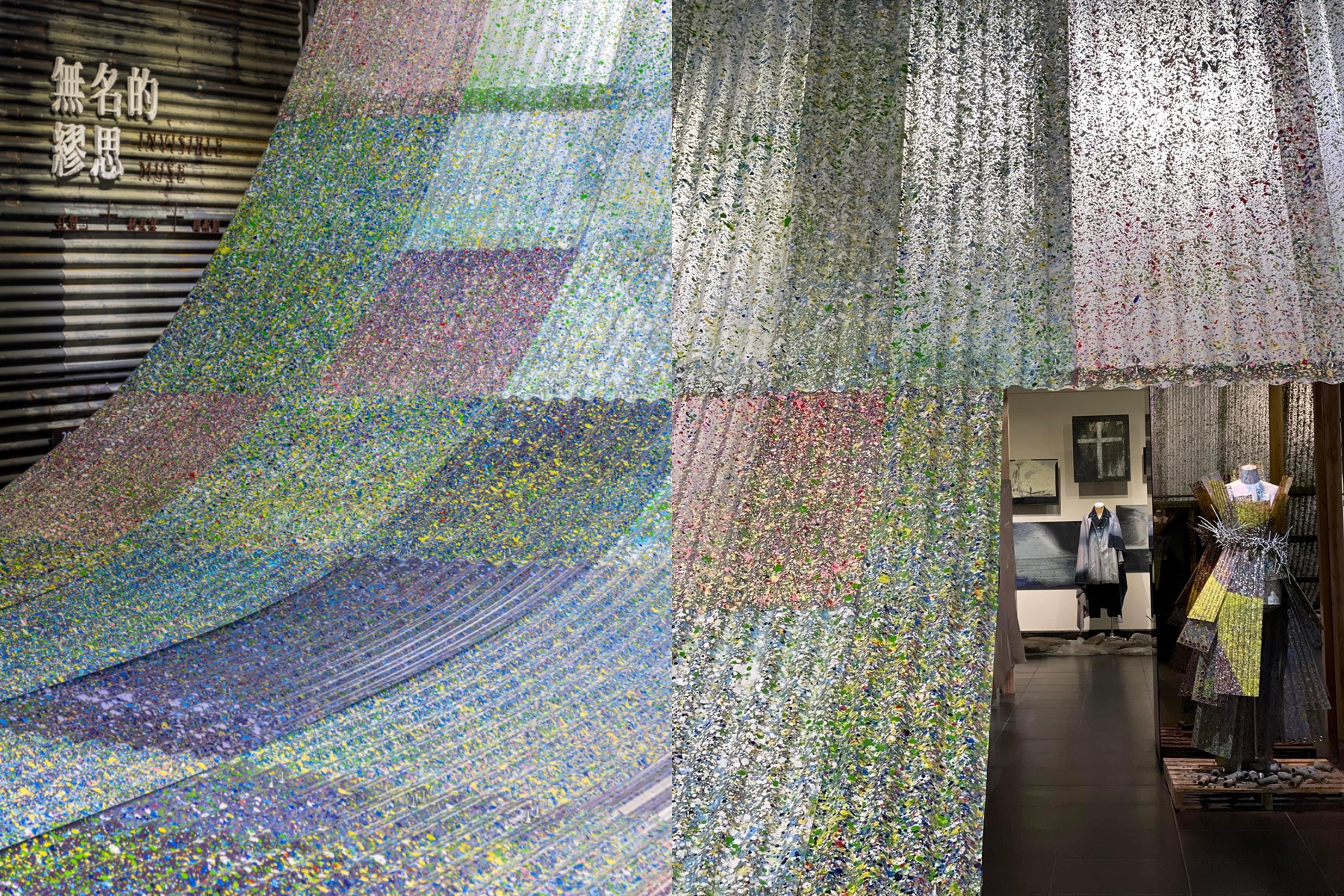
a sense of flow. It took Chiang several attempts to find the right blend for the paint to settle on the fluted surfaces as envisioned. He used different paints and piled several layers onto the corrugated panels, which had a unique characteristic that prevented colours from blending. Pointing to one panel, Chiang said, "This reminds me of the colour of Paris – romance."
Chiang said, "Unlike Perish II, where the corrugated panel was made from metal, this piece is much gentler. Because the material is semi-transparent, it can't express the colour I envisioned through one layer of paint. At first glance, it may look as though it is one colour, in reality it has seven to eight layers; however, if it had ten layers, it will have been too much. I enjoyed very much the process of this discovery." Chiang created colours for the Invisible Muse that had never before been seen in his works.
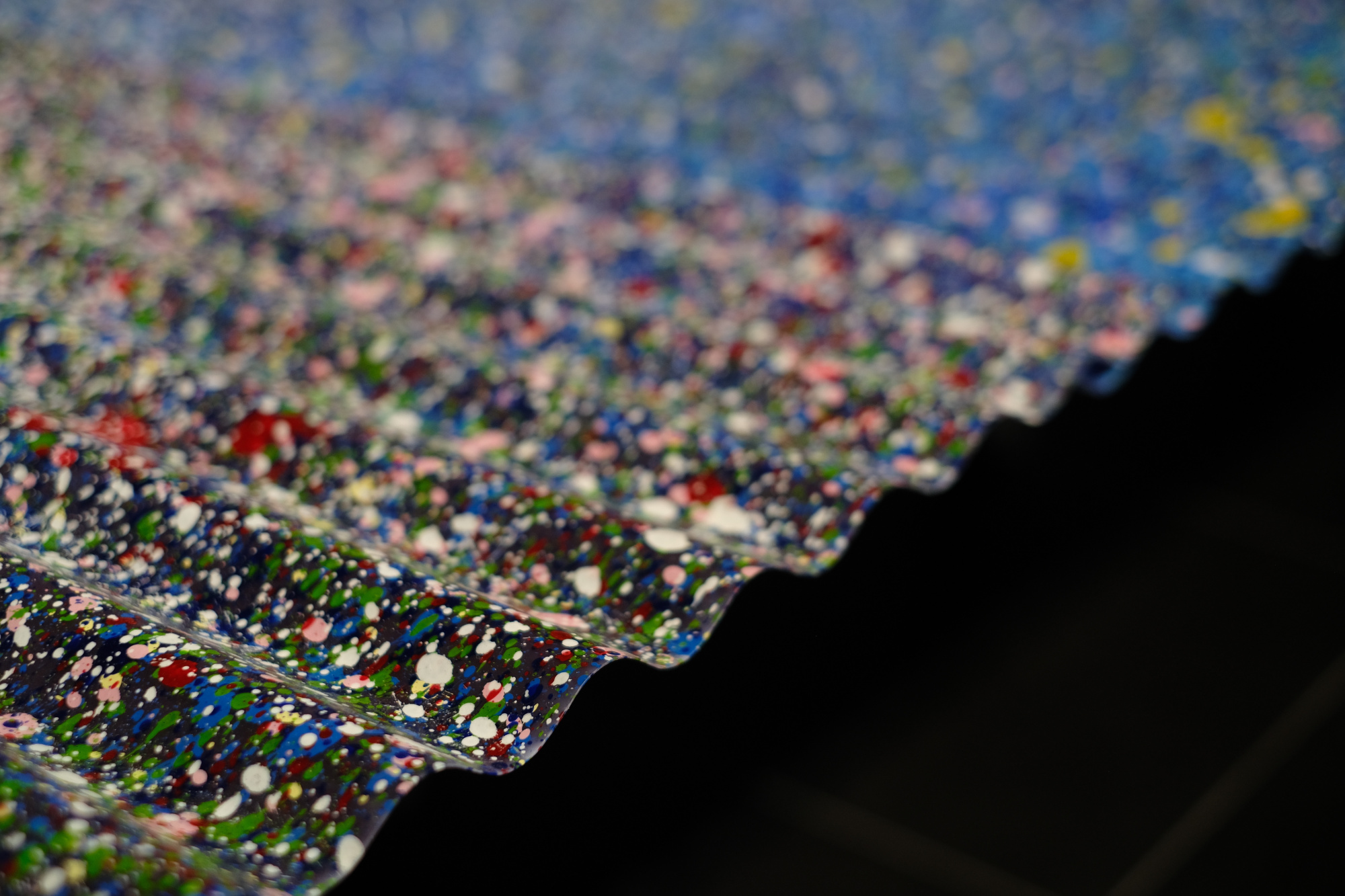
Invisible Muse: Paul Chiang X Yu Han Michael Lin
The beginning of 2019 was the start of the construction of the Paul Chiang Art Center. The construction site is naturally filled with discarded materials. Chiang said, "Every morning after my coffee, the first thing I do is to visit the construction site. For example, I collect materials such as discarded concrete, iron fixtures, and worn-out materials to use in my art. It brings me the same kind of joy as when my grandson and I play Lego together during his visits to Taiwan."
Lin said, "In fact, I don't enjoy visiting construction sites. I feel a certain degree of pressure every time. However, when I visit the Paul Chiang Art Center site, I feel calm. I felt the same calm when putting together the exhibition, and I hope it reflects Chiang's innermost spirit. I enjoy collaborating with other artists. Their difference in perspective is eye-opening." As an architect, Lin highlights his client's creative focus and character, which is evidently reflected in the exhibition.
Walking into THE 201 ART, Invisible Muse: Paul Chiang X Michael Lin is in the middle of the exhibition space. The curved artwork gives the illusion that it pierces through the ceiling. The dots on the panels reflected by light create a glistening effect. Its presence brings people to the Taitung mountains, and its uneven surfaces emulate ripples on the ocean surface.
Lin said, "The wave is not the ceiling, the hill of the mountain, or the wave of the ocean; it carries Chiang's spirit."
The architect's touch in curating the exhibition is seen in the spatial design and lighting reflected on the panels, which show the flow of life and essence of the artists.
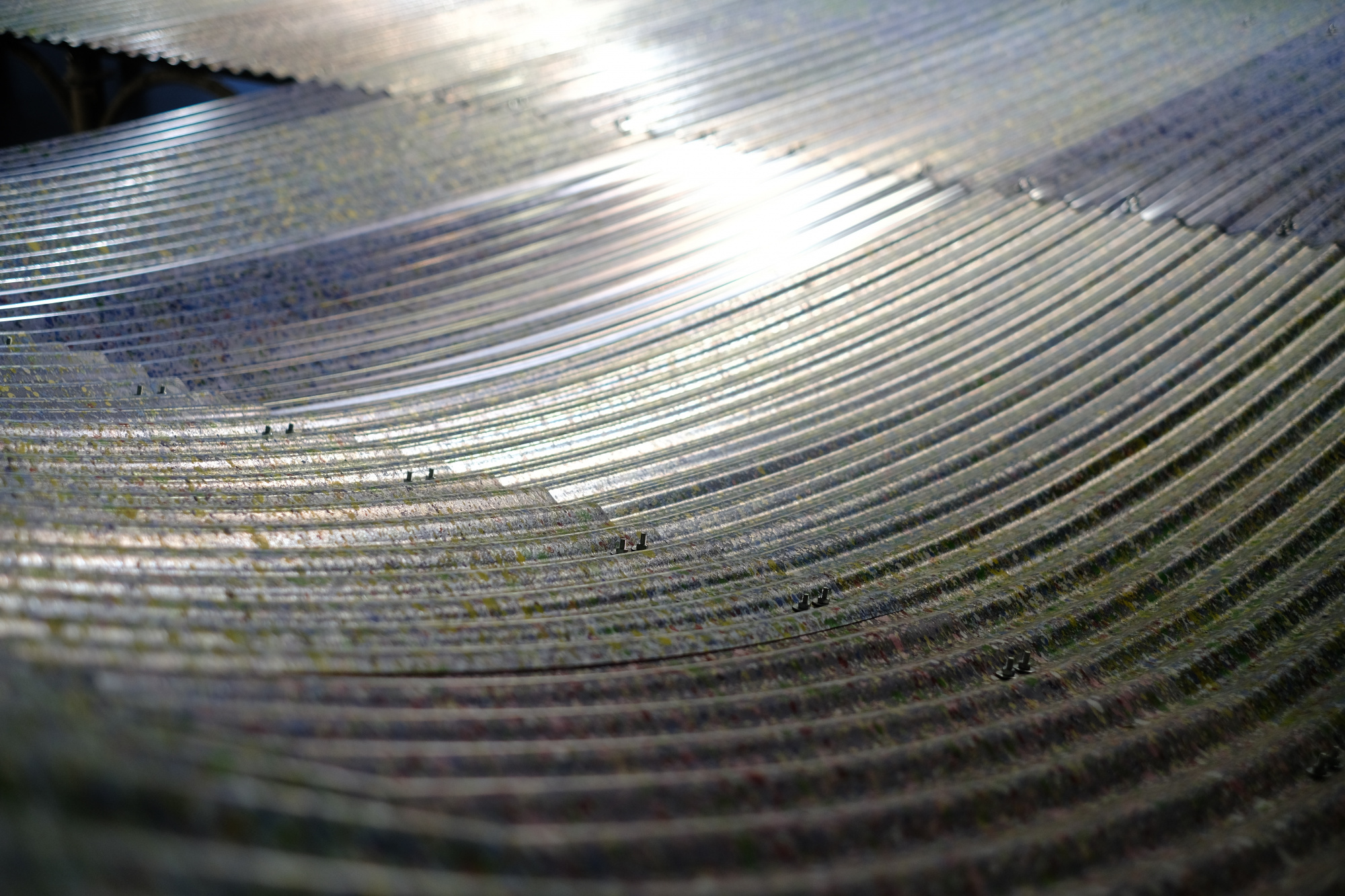
Invisible Muse: Paul Chiang X Justin Chou
Contrasting to materials used in high fashion, the semi-transparent corrugated panels are inexpensive and accessible. Chou said, "I was naive at first and attempted to use a heat gun to shape the panels into the form of a body. After failing, I was inspired by Chiang not to be confined by my boundaries and thinking."
Over the last ten or so years, Chou noticed how Chiang seldomly used the paintbrush and instead poured paint to create art. Chiang uses the strength of his core and canvas to create colour and light that cannot be replicated. Chou said, "Chiang has been producing art without a paintbrush, so I decided to produce a piece without the sewing machine and thread. It reminded me of school days when I didn't yet know how to use a sewing machine."
Chou cut the panels and used wires to fix them together. He incorporated materials seen often in construction sites, such as eyelets and aluminum wires, into his design. He also included elements of architecture into the structure of his work, making hard materials look soft. Chou said, "This cross-disciplinary creation no longer has boundaries; I have become a part of it."
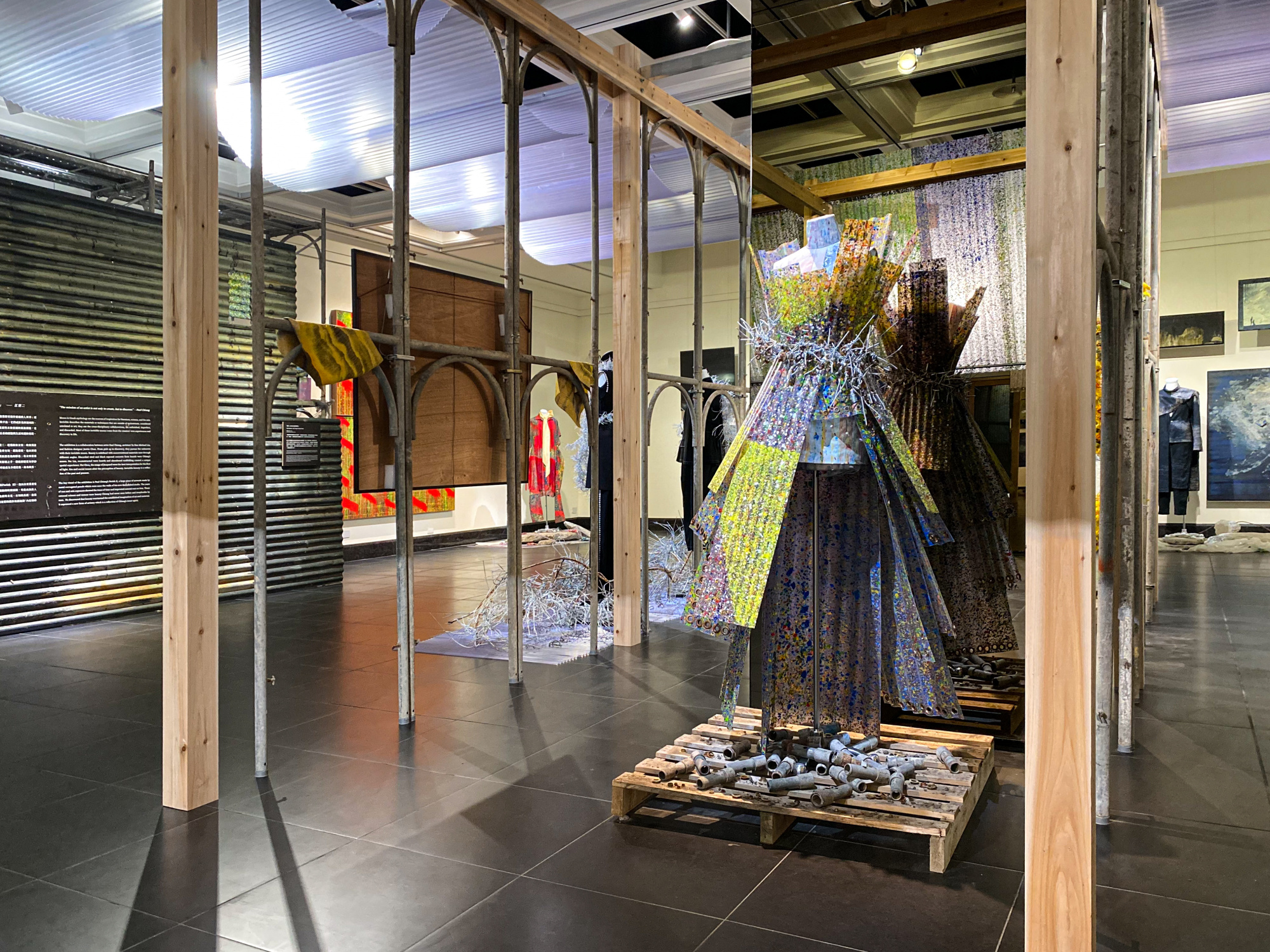
An artist's job is not only to create beauty but to uncover it
Chiang has an innate sense of appreciation for all things produced in the world. He once said, "An artist's job isn't to only create beauty but, more importantly, to uncover it." 1975 was the first time Chiang had exhibited his works in New York. The metal items incorporated into the exhibition were all collected from the streets of New York.
Chou believes in giving new life to flawed materials. At the exhibition, the piece The Traveler, Mountain Ranges of Taiwan shows how he reused flawed jacquard. It was a reinterpretation of Chiang's Mountain Ranges of Taiwan painting—the threads of the fabric mimic drizzling rain. During the process, however, communicating his vision to the textile manufacturer was not easy, but he believes that flaws are where innovation can be found. Chou said, "This collaboration reminded me of why I love fashion."
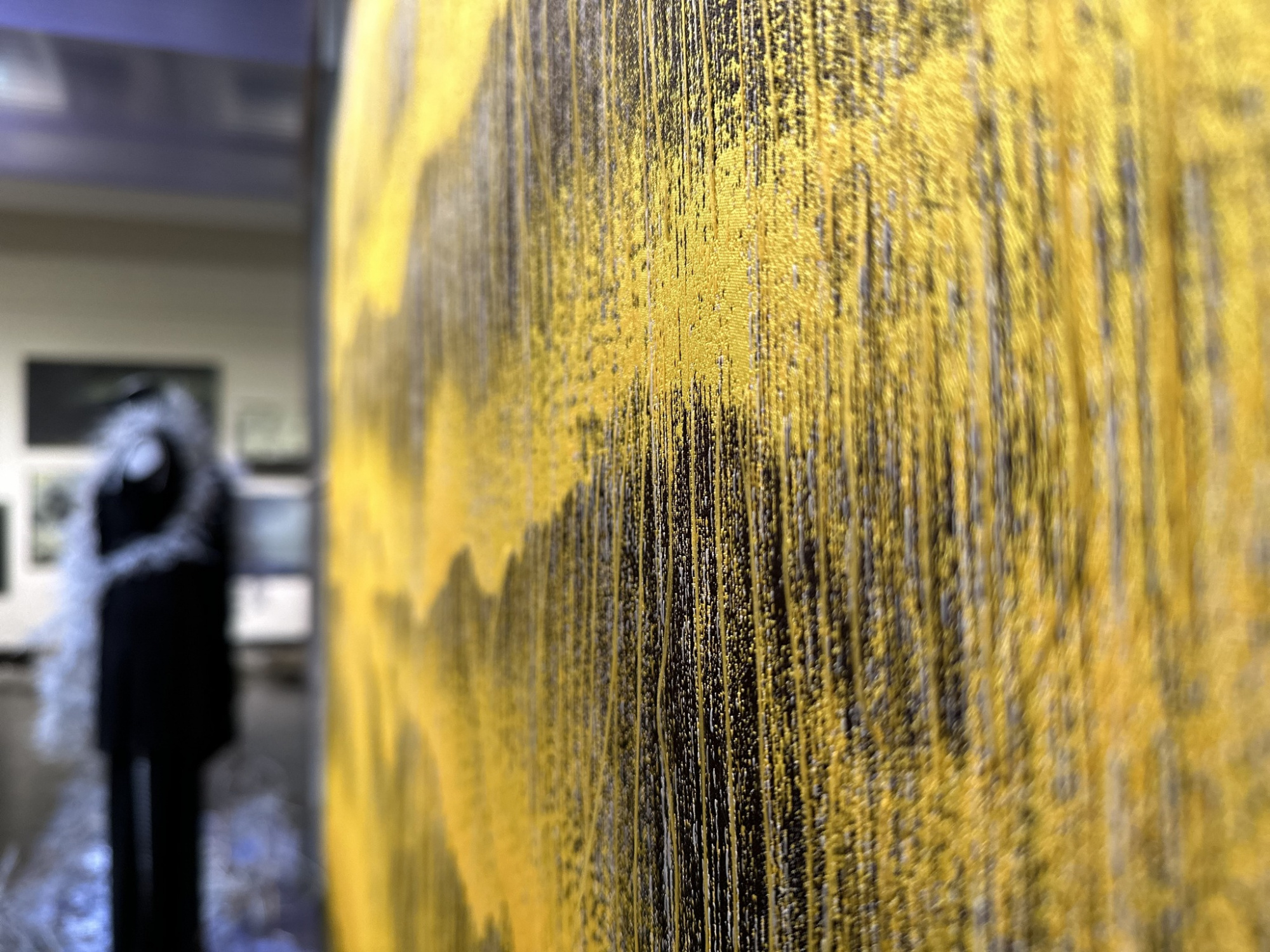
Eco-conscious approach
Chiang said, "I would prefer to live in a world that produced less. However, this is easier said than done due to human needs and desires. I hope Taitung will be able to preserve its pristine beauty by building less."
Liu said, "While studying architecture, I had always believed in seeing things through a different light. Could I reuse a box as the base of my architectural model? Could wet wipes represent curtains? These repurposed items have the same ability to express my designs with success. Lin encourages us to find innovation through used items; I thought, perhaps we may incorporate discarded materials into the curation of the museum."
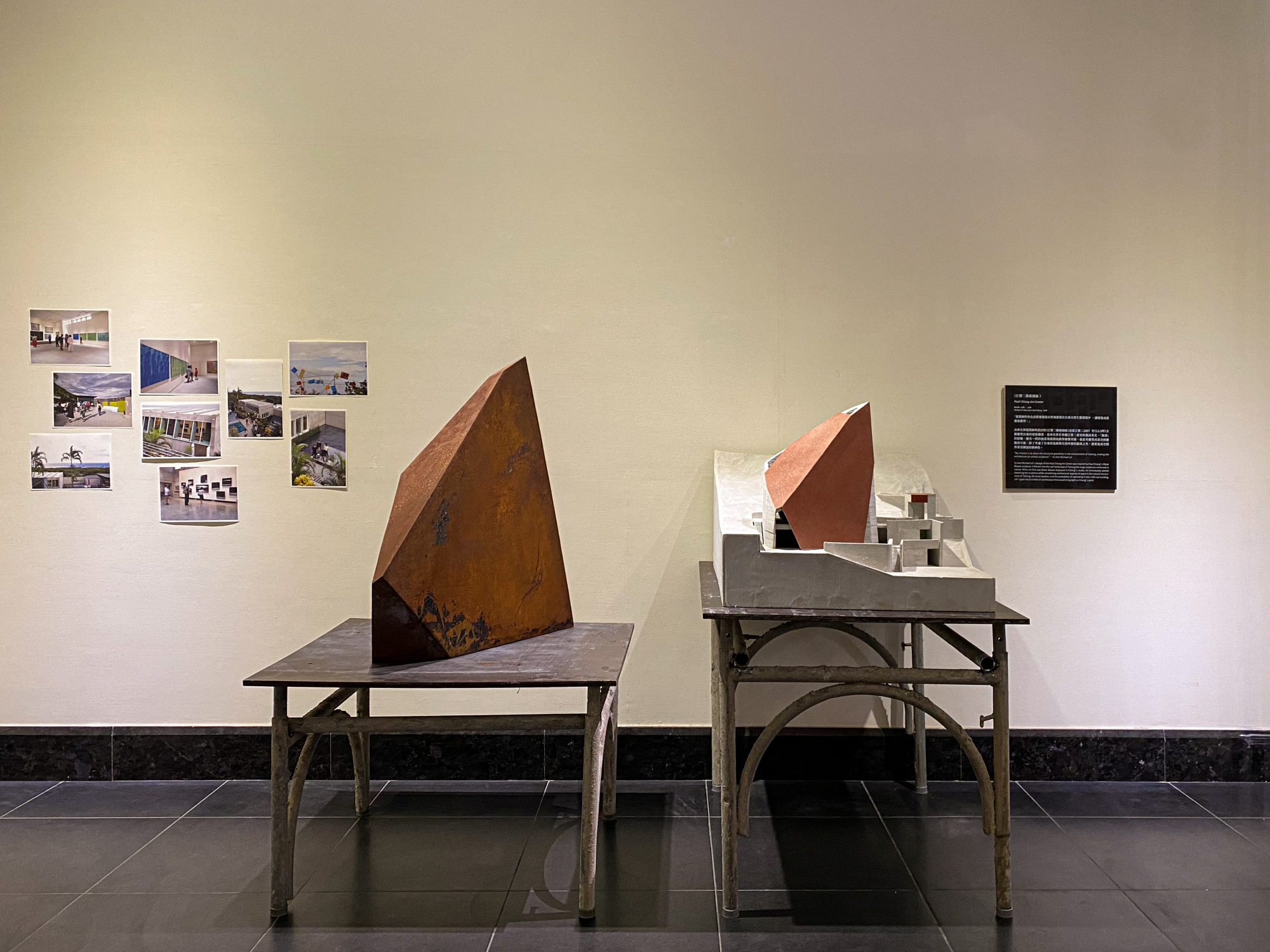
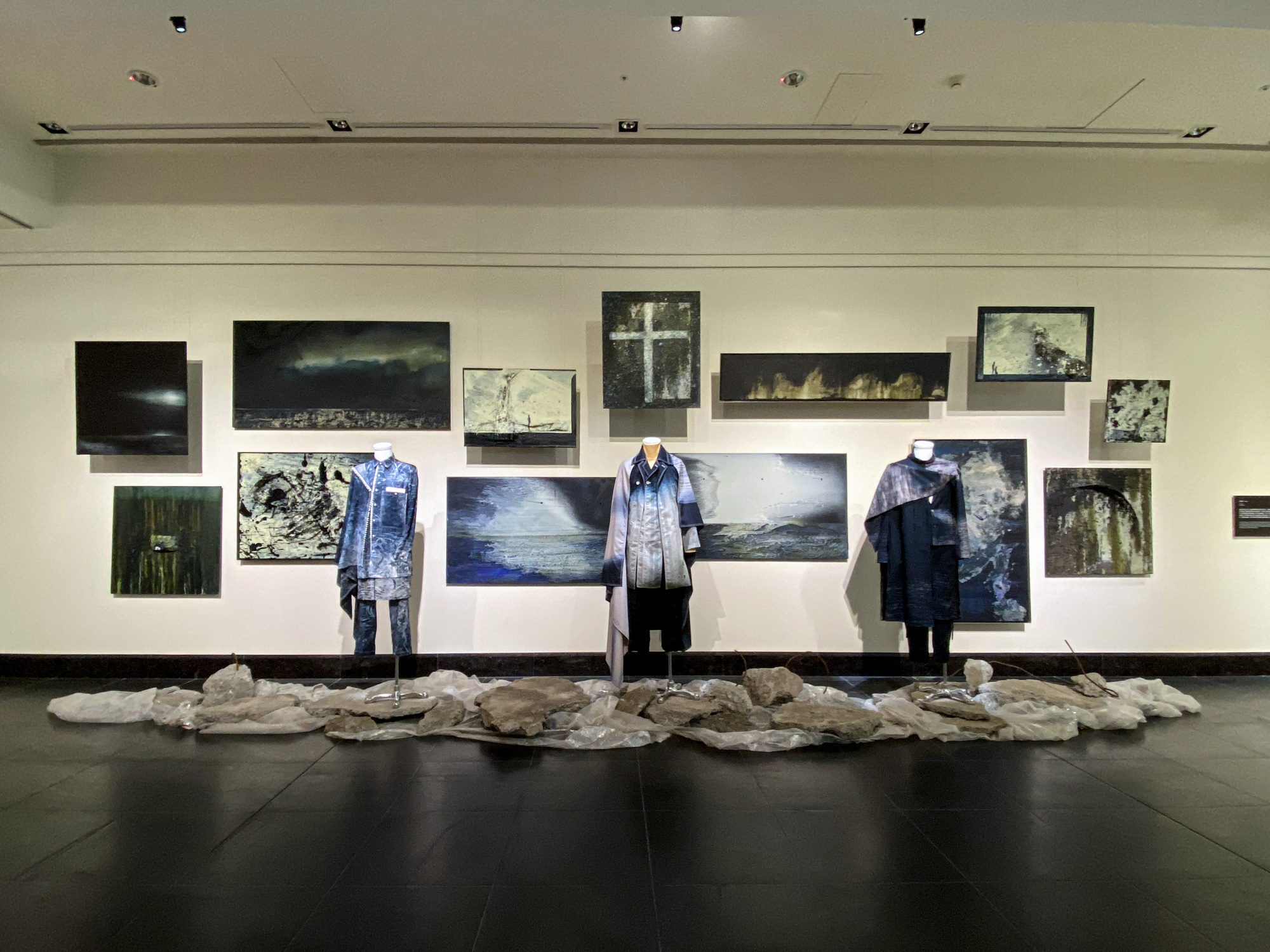
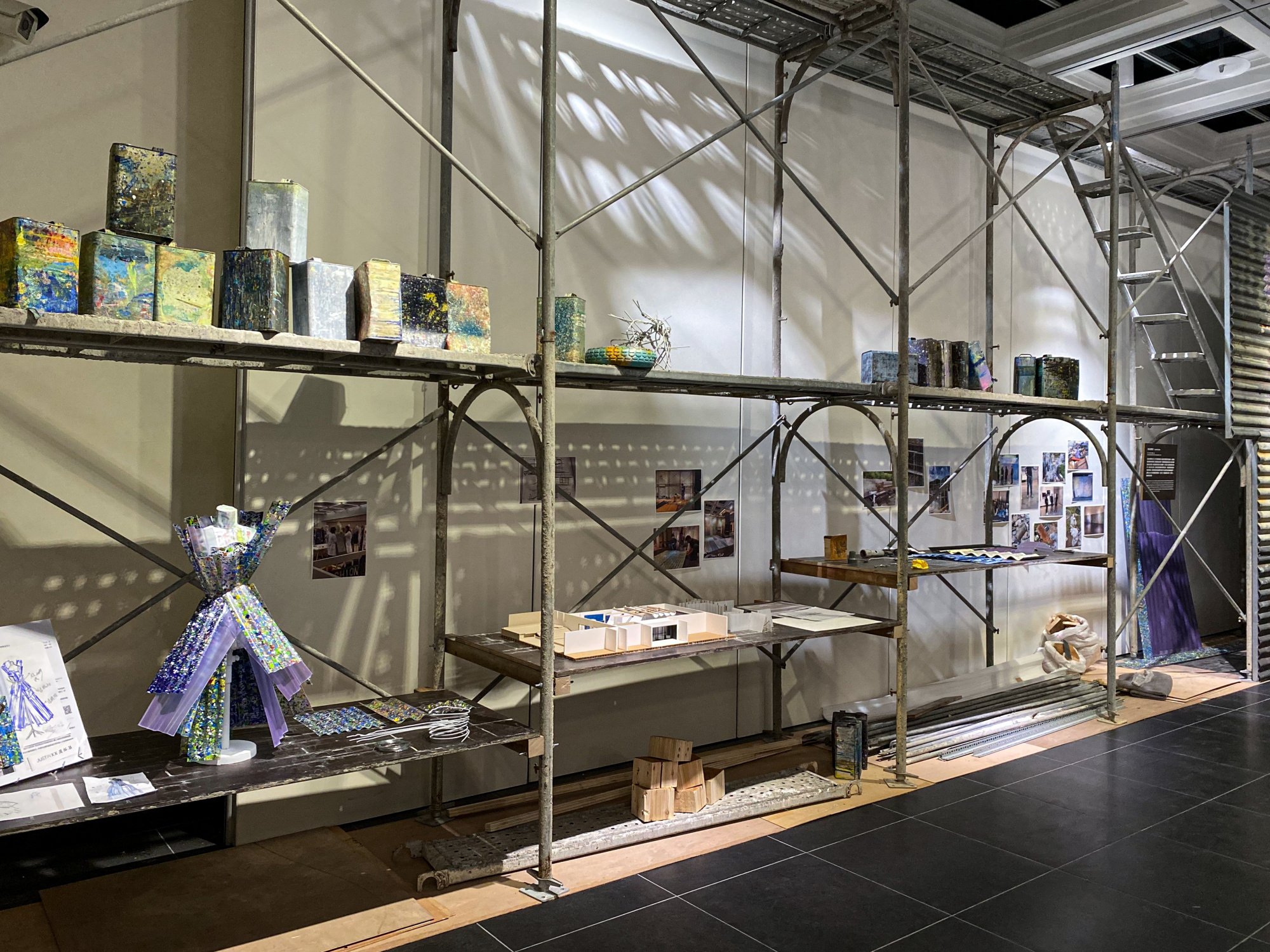
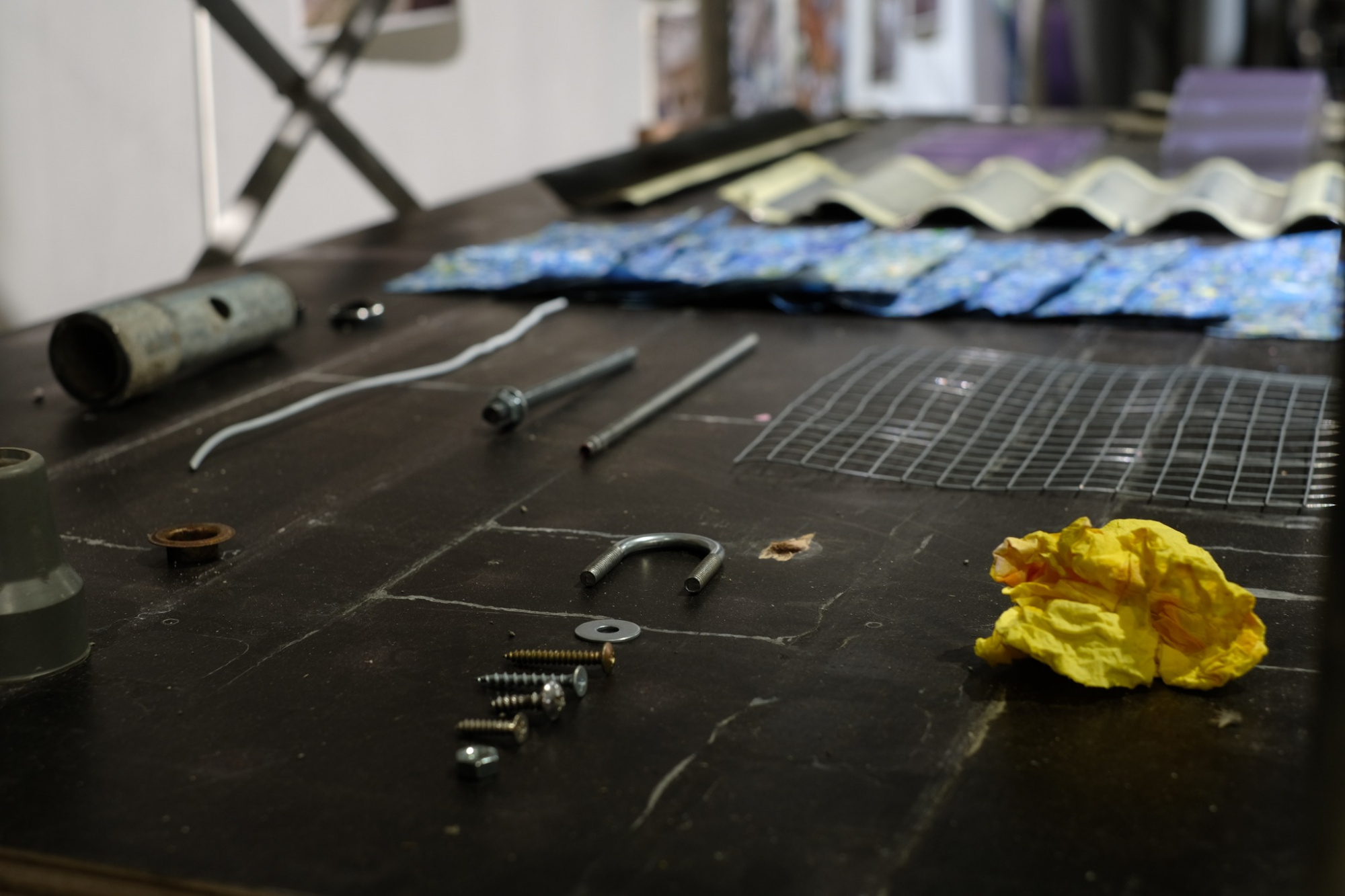
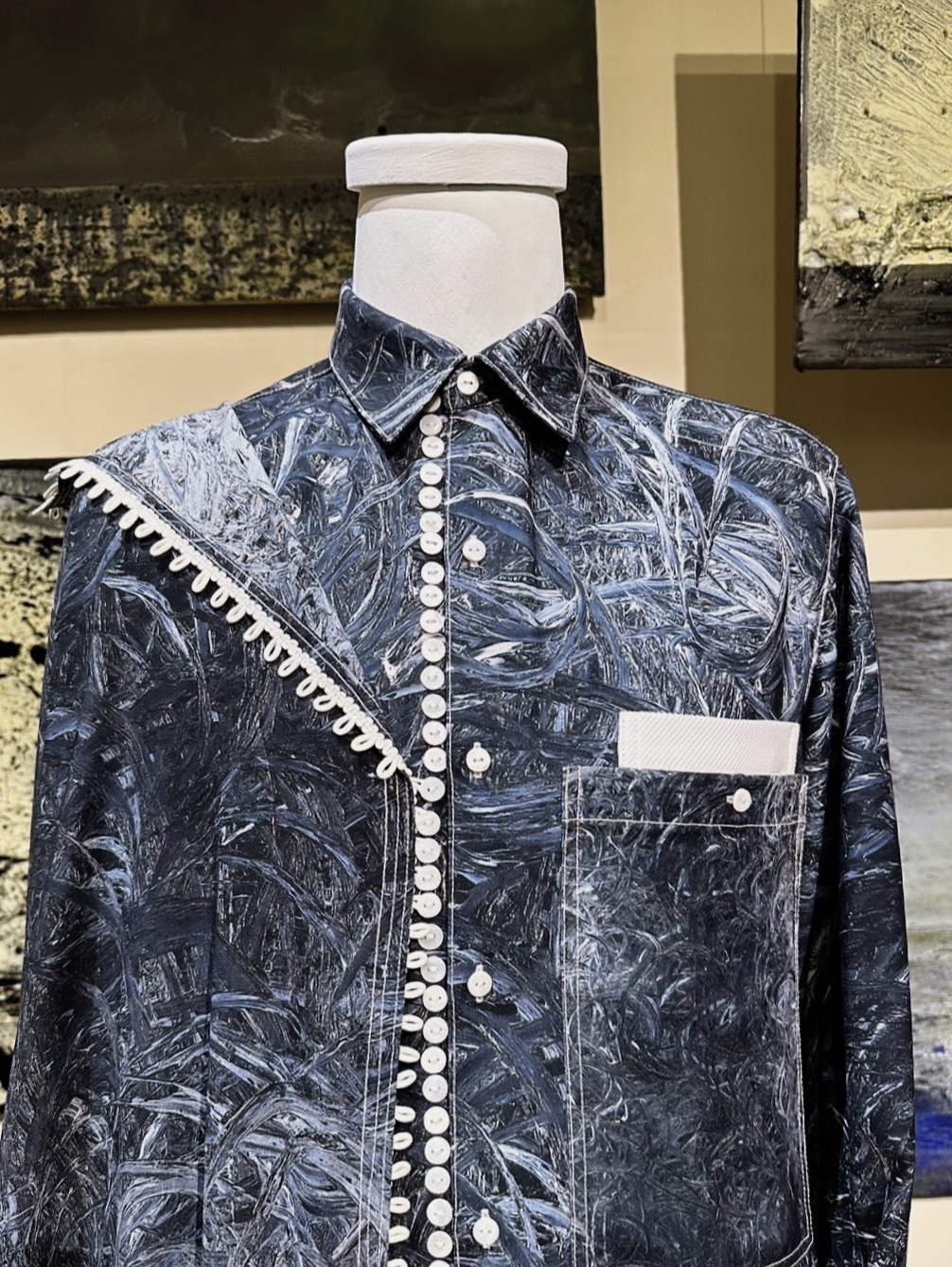
Regardless of the artist's discipline, waste is created in the pursuit of beauty. If artists can use different lenses to look at discarded materials, then the materials may have the opportunity to live another life. The three artists merged their thoughts and found harmony in their collaboration. The cross-disciplinary collaboration defines their individual expertise, discovery of beauty, and encounter.
